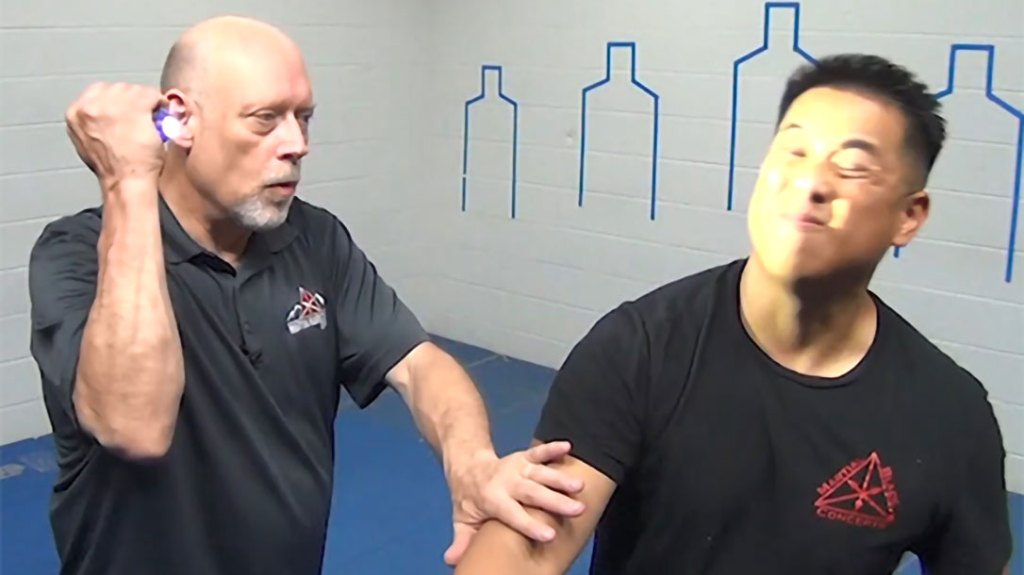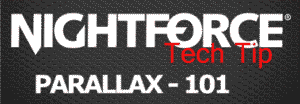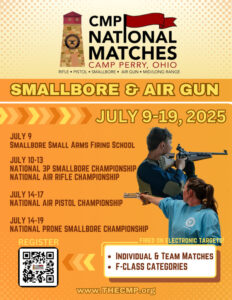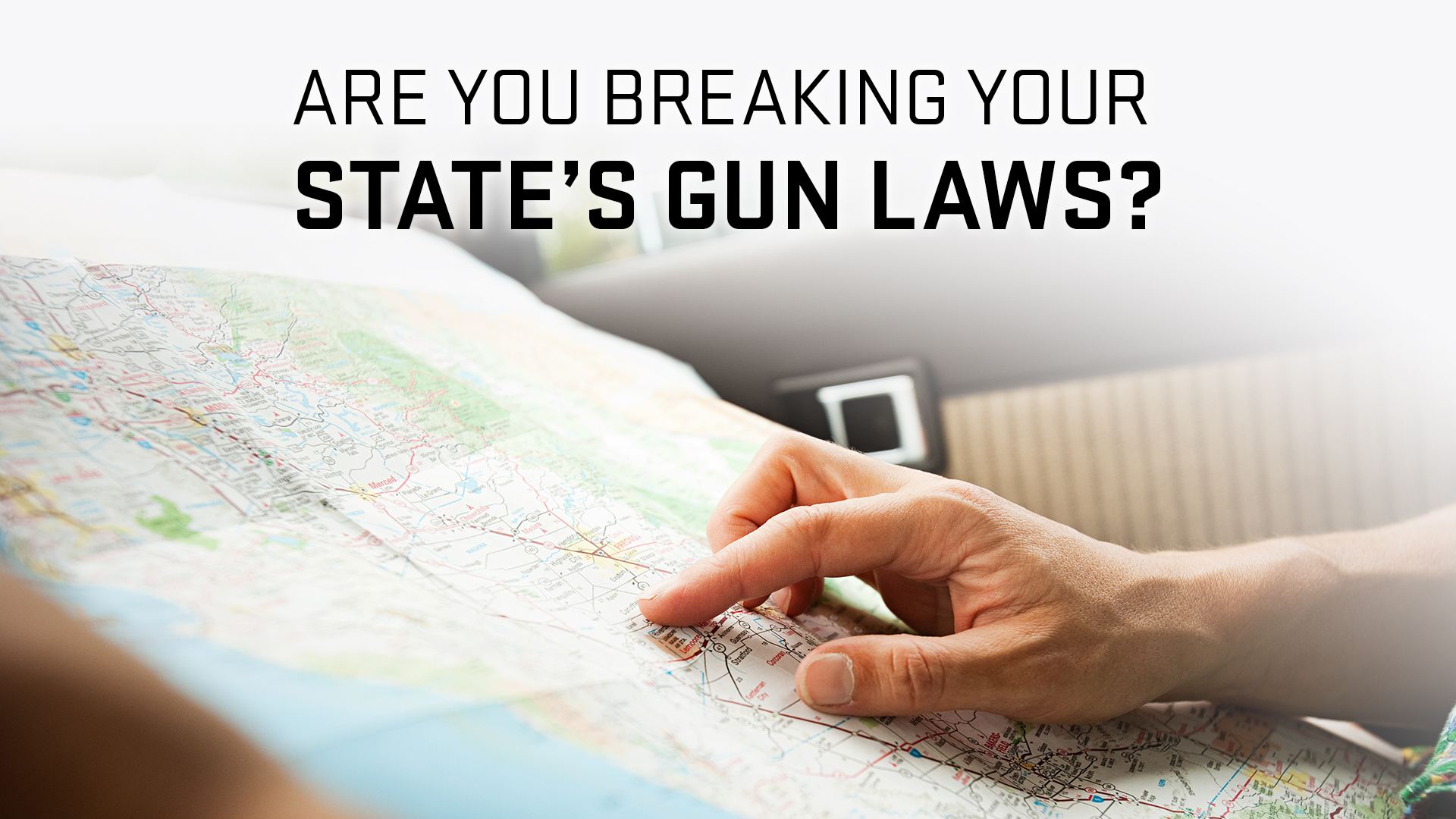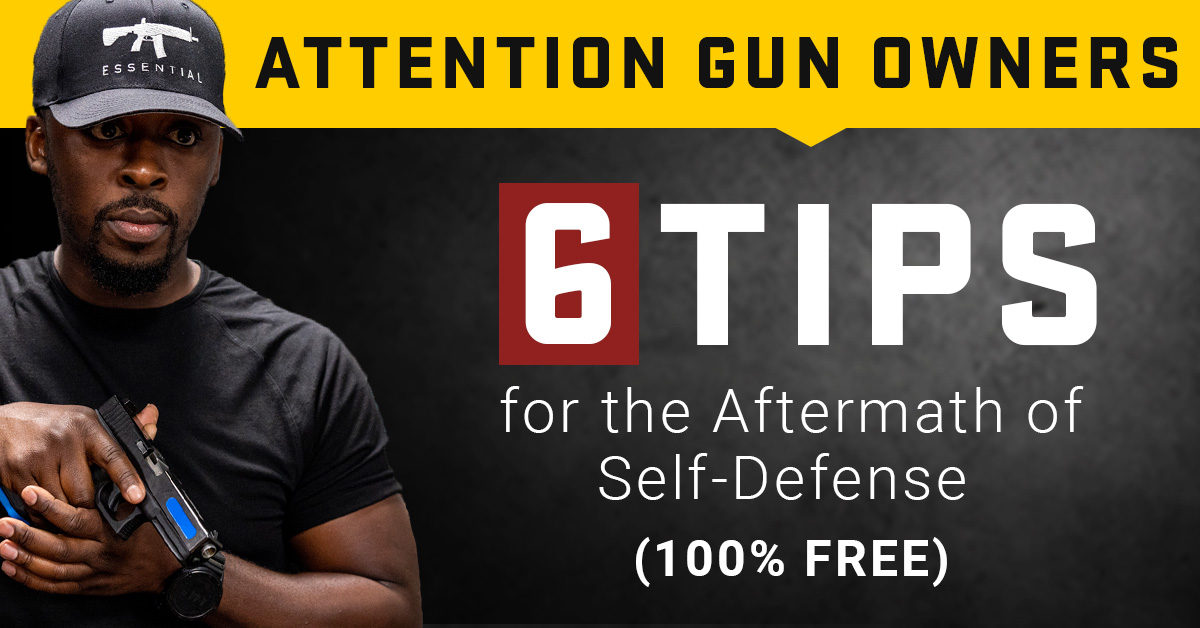People automatically associate flashlights with personal defense and low-light shooting when they think about flashlights. Although this is true, flashlights can be more than just headlights for guns. An LED flashlight can be used as a self-defense tool if you have the right mindset and tactics. Understanding and accepting all of the defensive options is key to fully understanding that fact.
The first step to using a flashlight for self-defense is awareness
Self-protection training uses the term awareness a lot. It is often described as “situational awareness” or the ability to recognize preattack indicators. However, awareness requires the ability see.
Light is essential in dark or dim lighting conditions, where many violent attacks take place. A flashlight is the best self-defense tool in this situation.
Imagine leaving a restaurant at night to understand the level of functionality. You must navigate through a maze of shadows and hidden places to get to your car. You can literally “turn on” your awareness by holding a flashlight in one’s hand. You can also proactively arm your self in a legal manner.
Normal circumstances would allow an assailant lurking behind a shadow to have the element of surprise. You can identify potential threats by using your everyday carry light to eliminate them from a safe distance. You also send a clear message that you are not a victim.
The only thing that can help you identify a potential threat is light. Use the light to assess the individual, his intentions, and whether he has any weapons.
Nearly a Projectile
There are two main types of weapons: projectile weapons and contact weapons. Although a flashlight can’t fire projectiles, it can temporarily blind an attacker if it is bright enough.
The human eye takes approximately 25 minutes to become fully dark-adapted. It is 100,000 times more sensitive when it is fully dark-adapted than under normal lighting conditions.
If you see a shadow approaching, use your light and verbal commands to challenge him. To temporarily blind him, shine your light directly into his eyes if he approaches.
This will allow you to escape safely. He will find it difficult to follow you if the route is obstructed or uneven.
A Force Multiplier
A “force multiplier” refers to any tactical advantage that increases effectiveness of another weapon, tactic, or weapon. It is possible to blind an attacker with a light, making it easier to hit him.
Let’s say that the threat is aggressively approaching and has ignored your verbal commands. Shine the light directly into his eyes as soon as he is within range.
It doesn’t matter if he loses his night vision or averts his eyes, it doesn’t really matter. Grab the chance to kick him in the shin or groin with full power. This “flash and smash” tactic makes it much easier to escape, but still qualifies for “unarmed” defensive tactics.
Hammer Time
A good flashlight is a great substitute for a Kubotan, Yawara stick or similar “fistload” self-defense weapon because of its size and shape. However, flashlights, unlike other purpose-designed weapons can be used as a first and foremost lighting tool. They can also be used as an improvised weapon when needed.
As such, they can be legally carried everywhere–including non-permissive environments. They can also blind your attacker by the bright light they emit before you hit him. It is a great tool for self-defense due to its strong construction and high light output.
Although there are some martial arts that are specialized in fist-load tactics and other forms of martial art, the basics are quite simple. Any techniques that strike with your bottom fist, or hammerfist, can easily be translated to the use the light. This is especially true for tactical flashlights with a toothed bezel like those used in law enforcement.
A tailcap-mounted switch is ideal for a light. Grab it with your fist, the bezel sticking out from your little finger side. This allows you activate the light using your thumb and hammer the bezel naturally. Your light, unlike your hand and fingers, is extremely hard and doesn’t feel any pain.
“Cycleing” is the most basic tactic for striking a flashlight. You hold your right hand with the light, and use your left hand to either parry, fend or just gauge distance. Next, use your right hand to hammer the light down. Repeat the process immediately, focusing on your nose, ears and collarbones.
Once you are comfortable with the mechanics and movements of cycling, you can start to practice coordinating your movements with timed activation. Instead of “parry and strike”, try “parry blind, strike” instead. He can’t stop what he doesn’t see coming.
Make a plan and then work your plan
It is important to understand more than the “basic functionality” of the cycling tactic. The elliptical motion of a non-weapon hand, for example, can be more than a strike or parry. It can be used to wrap around an attacker’s arm by changing its path. This will immobilize it and allow you to strike with the other.
Continue your cycling motion even if your attacker grabs your wrist. His grip will be broken by the elliptical action when he chambers for another strike. It will, however, leave you in the perfect spot for another hit.
You can eliminate the “what-if” questions that often complicate traditional self-defense strategies by “having a strategy and working it.” You will also gain confidence in your tactics.
But I have a gun (or knife, OC or …)!).
OK, so you’re a hard-core gun guy. It doesn’t make sense to hit someone with a flashlight when you have a perfectly fine pistol on your hip. It makes even less sense to hit with your dominant hand, the one that does the shooting.
Consider this: Low-light shooting drills are primarily about the mechanics of using the gun with the light. They assume a lethal force threat. The reality isn’t so simple.
You must first figure out what is happening in a defensive situation. This is especially important in low-light situations. If it turns out to not be life-threatening, you aren’t legally allowed to draw your gun. However, the other options described above could be very appropriate.
Statistics show that three out of four violent encounters do not result in lethal-force attacks. It is therefore sensible to explore the full potential for the flashlight as a self-defense tool.
Continue Reading
Are you still having trouble finding what you were looking?
Search
Personal Defense World published the article Flashlight Self-Defense Tactics for Showing Your Attacker the Light.
